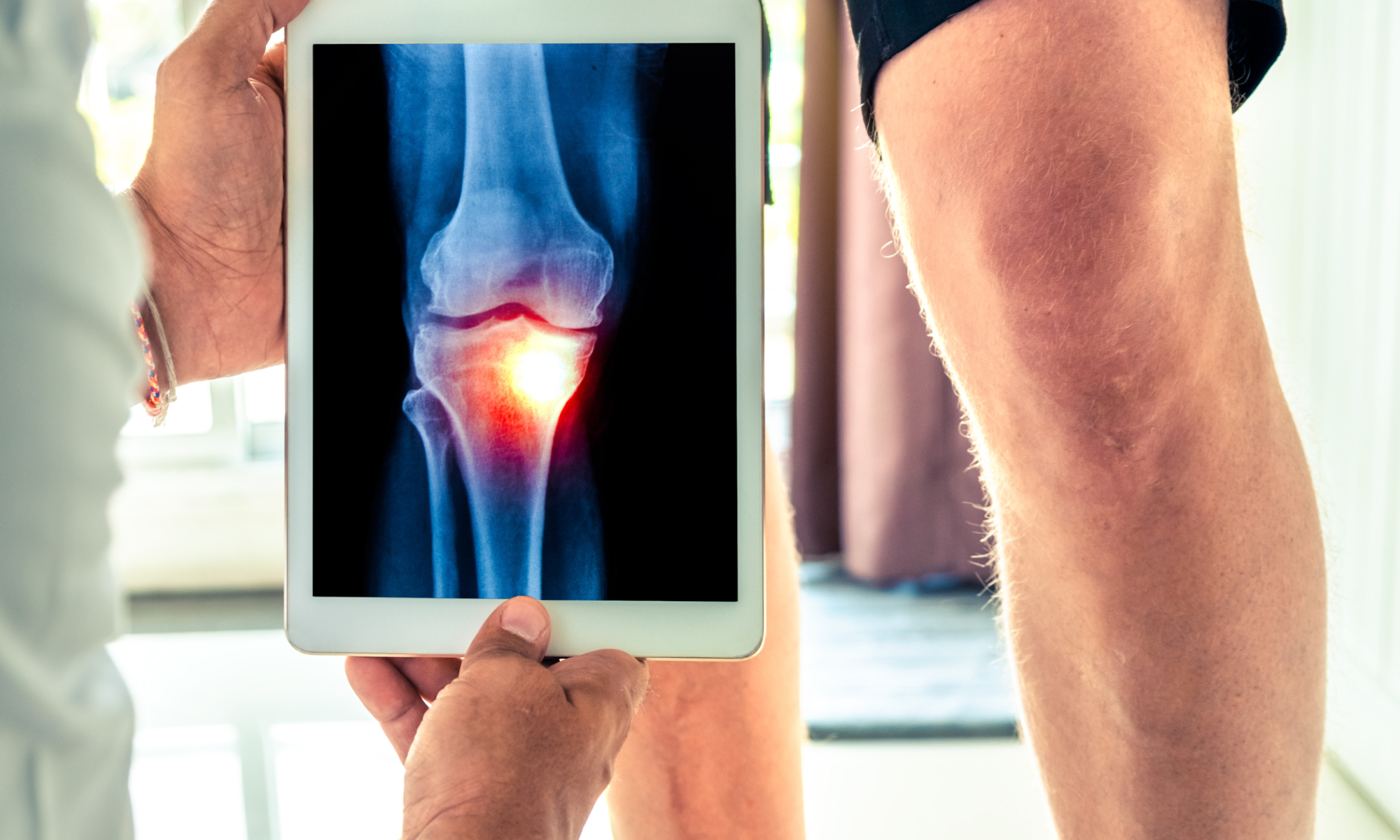
Arthroscopic Surgery: A Revolutionary Treatment for Common Orthopedic Conditions
Arthroscopic surgery has emerged as a game-changer in the field of orthopedics, offering patients minimally invasive solutions for a range of joint-related conditions. This innovative technique involves the use of a small camera, called an arthroscope, inserted into the joint through tiny incisions. Through this camera, surgeons can visualize the inside of the joint in real-time, diagnose issues, and perform precise surgical procedures with remarkable accuracy.
One of the primary advantages of arthroscopic surgery is its minimally invasive nature. Traditional open surgery often requires large incisions, leading to more extensive tissue damage, longer recovery times, and increased risk of complications. In contrast, arthroscopic surgery procedures involve small incisions, resulting in less trauma to surrounding tissues, reduced pain, and faster recovery for patients.
Arthroscopic surgery is commonly used to treat a variety of orthopedic conditions, including:
1. Meniscal Tears: Arthroscopic surgery for a meniscal repair or partial meniscectomy is a common treatment for meniscal tears in the knee. Surgeons can precisely trim or repair the torn meniscus using specialized instruments inserted through the arthroscope.
2. Rotator Cuff Tears: Arthroscopic rotator cuff repair is a minimally invasive approach to treating tears in the shoulder’s rotator cuff tendons. Surgeons use small anchors and sutures to reattach the torn tendon to the bone, restoring stability and function to the shoulder joint.
3. ACL Reconstruction: ACL reconstruction is a widely performed arthroscopic surgery procedure to repair a torn anterior cruciate ligament (ACL) in the knee. Surgeons use tendon grafts to reconstruct the torn ligament, restoring stability and preventing future knee instability.
4. Cartilage Damage: Arthroscopic techniques can also be used to address cartilage damage in joints such as the knee or shoulder. Procedures such as microfracture, chondroplasty, or cartilage transplantation can help promote healing and alleviate symptoms associated with cartilage injuries.
In addition to its efficacy in treating specific orthopedic conditions, arthroscopic surgery offers several other benefits, including shorter hospital stays, reduced postoperative pain, and quicker return to normal activities. As advancements in technology and surgical techniques continue to improve, arthroscopic surgery remains at the forefront of orthopedic innovation, providing patients with effective, minimally invasive solutions for joint-related issues.
